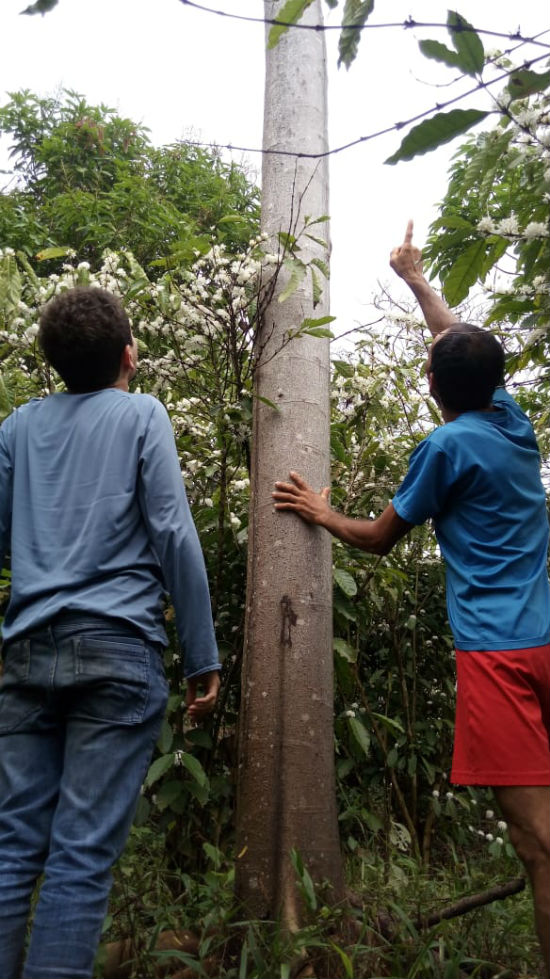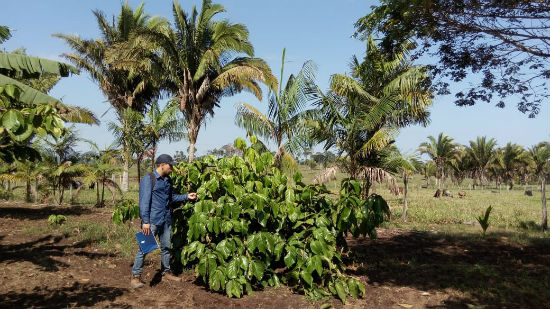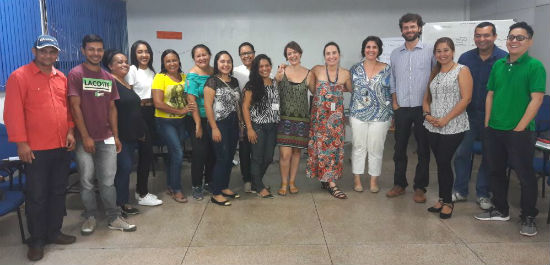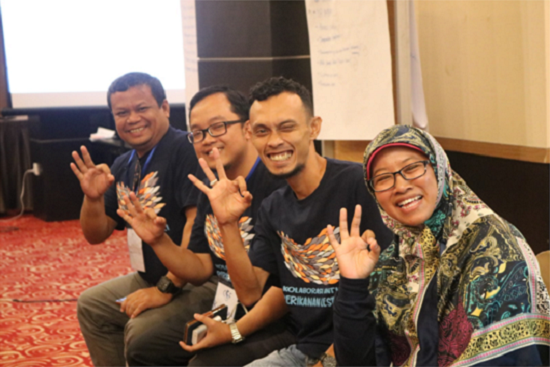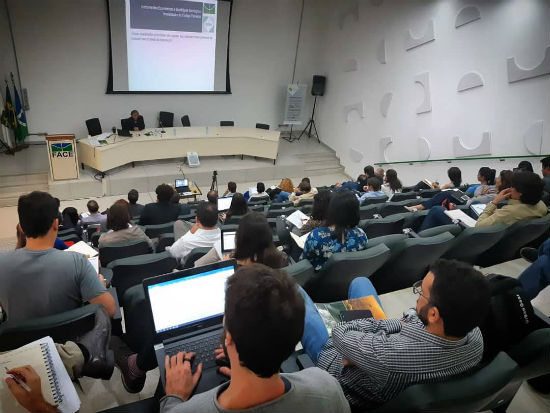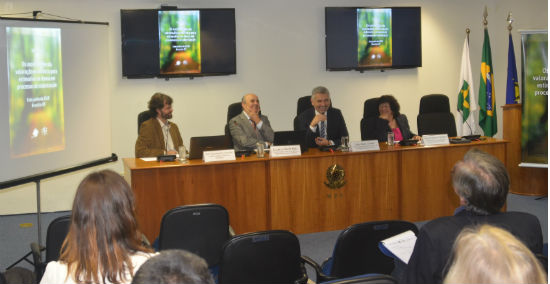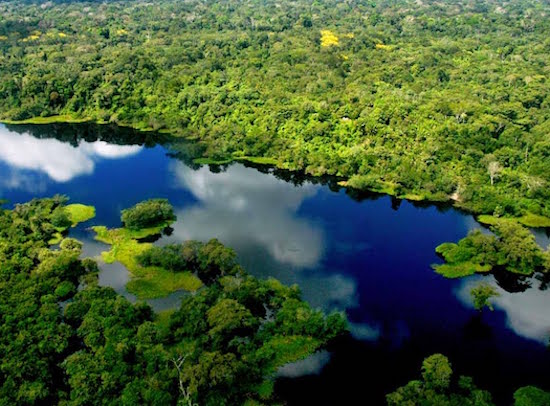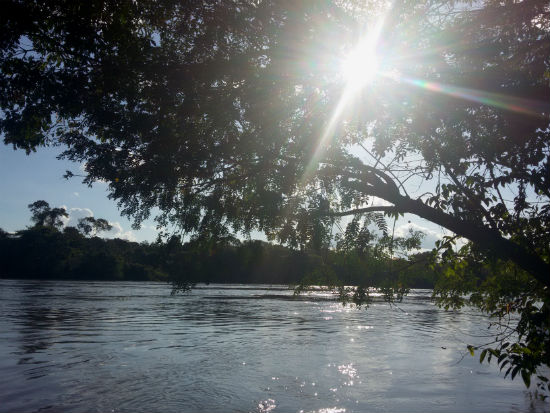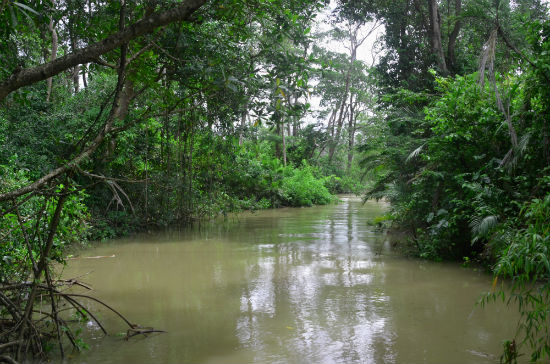News
Understanding the forest restoration models used.
Understanding the forest restoration models used.
Participants of the Fazendinha APA’s ESs value chains workshop.
Participants enjoying themselves between training sessions.
On August 7th, 2018, CSF-Brazil, the Forest Code Observatory (OCF) and the Brazilian Biodiversity Fund (Funbio) facilitated a "Dialogue on economic instruments and ecological identity for the Forest Code implementation." Forty-five professionals, representing government, research institutions and rural producers, attended the event in Brasília. The dialogue provided a forum to discuss possible ways of implementing the provisions of the Forest Code (Law 12.651 / 2012), including economic incentives, Legal Reserves (LRs) compensation, and the ecological identity requirement for compensation - according to the ruling of the Supreme Court Federal Court (STF) in February 2018 - with a special focus on the Environmental Reserve Quotas (CRAs) market.
Highway in Ecuador. Photo credit: Shutterstock/ Dr. Morley Read.
Most decisions regarding the environmental and social impacts of infrastructure projects in the Brazilian Amazon are arbitrated by judges, which means that there are often no clear criteria to establish compensation values.
The United States Agency for International Development (USAID) is responsible for managing over $16 billion in non-military aid and assistance around the world. Among the agency’s projects are many that conserve and protect threatened ecosystems, contribute to greenhouse gas emissions reduction, and support community adaptation to the effects of climate change.
CSF-Brazil is pleased to announce the launch of a new publication: "Cost Benefit Analysis of the Construction of the Castanheira Dam" (in Portuguese).
The Arinos River, located in the Juruena sub-basin – an important tributary of the Tapajós River – in the Brazilian state of Mato Grosso, is known for its aquatic biodiversity. Currently, however, there are more than 100 dams proposed in this sub-basin, which may threaten the biodiversity and local community’s way of life. One of these is the Castanheira Dam.
CSF-Brazil is pleased to announce the launch of a new publication (in Portuguese): "The values of ecosystem services of the Brazilian mangroves, economic instruments for its conservation and the Salgado Paraense case study".
Roughly 90% of mangroves in Brazil are located in protected areas (PA). However, there are important deficiencies in financial sustainability and resource management that affect natural capital stocks, biodiversity and thus, local communities.

